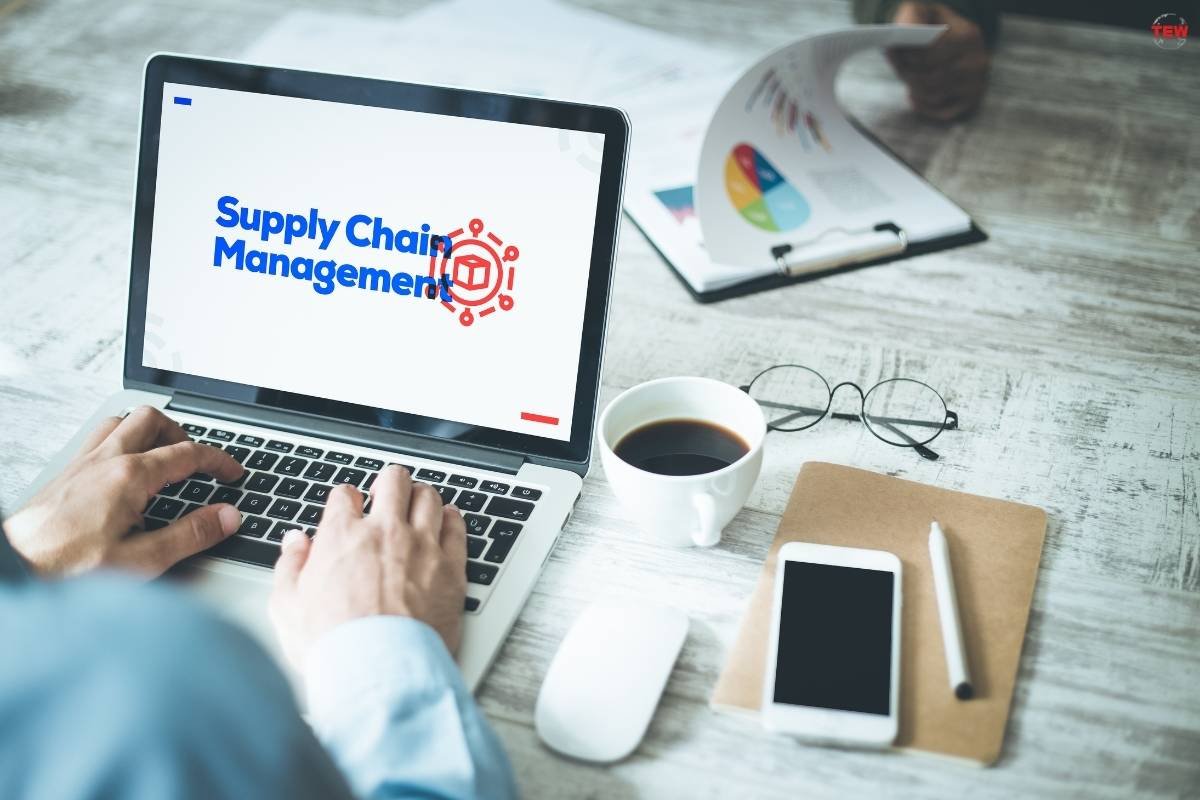A critical challenge common to businesses of all sizes is the efficient movement of goods and services across international borders. It’s not merely a logistical puzzle but a strategic imperative significantly affecting a firm’s competitiveness, profitability, and reputation.
A well-managed global supply chain initiative can unlock tremendous growth opportunities. But it also comes with various complexities and risks demanding expert navigation. For instance, you can’t maintain partnerships with US suppliers if you don’t have the means to send money to businesses in the US. So what else do you need to maintain a practical global supply chain?
Continue reading for valuable insights and a roadmap for optimising your global supply chain operations.
Understanding The Intricacies of Global Supply Chain Management
Traditionally, companies operated within limited regional markets or localities. However, shifting consumer preferences, tech innovation, and globalisation have transformed supply infrastructure from its early origins.
Now, it is an intricate ecosystem with many moving parts and stakeholders. The supply chain puzzle is a network of manufacturers, suppliers, distributors, and retailers spanning oceans and continents. Additionally, logistics and freight companies and regulatory bodies on each side of the transaction enforce trade regulations and compliance.
Using Technology for Efficiency

Leveraging cutting-edge tools and software is paramount for efficiently managing a global supply chain. Technology has revolutionised supply chain management, offering unprecedented visibility, control, and efficiency.
Innovative organisations use automation to streamline processes and reduce human error. They use real-time data to make informed decisions and track the movement of products at every stage to improve logistics visibility.
Select and implement the right supply chain management software built specifically for your industry, and invest in your workforce with extensive training to prepare teams for technology adoption.
International Collaboration
International suppliers play a pivotal role in the global supply chain. Because of this, maintaining solid relationships is essential for securing a reliable raw materials and components supplier that is poised to continue catering to your business as it grows.
When selecting suppliers, focus on quality, reputation, reliability, and ethical considerations. Align objectives for mutually beneficial goals of transparency and trust. Build in diversification and contingency planning in the interest of risk mitigation strategies for managing supply disruptions and emergencies.
Implement digital communication tools that facilitate real-time information exchange. Using these collaborative platforms enables visibility and coordination among partners. When emphasising strong relationships and clear communication, companies will forge resilient global supply infrastructures that adapt to change.
Identifying Risks

Understanding potential risks and implementing mitigation strategies is essential for avoiding supply disruptions. Geopolitical and economic risks factor significantly when your network spans continents, so it certainly pays to be resilient and adaptable when managing a global supply chain.
This means you’ll need to establish contingency plans for all the potential risks that could plague your global supply and distribution operations. This includes things like sanctions, trade disputes, and political instability – all of which can suddenly have more enormous implications for your daily agenda, as will daily currency fluctuations and market volatility.
Environmental disasters and cybersecurity threats are also things to consider when preparing robust disaster response and recovery plans for your business. Be sure to make brainstorming possible scenarios for these threat classifications and preparing for various contingencies a staple of your business management responsibilities.
And finally, diversification becomes an important investment here too. Reducing your dependency on single income streams and maintaining an ample inventory goes hand in hand with a comprehensive strategy for building your company’s resilience as well as managing and mitigating its identified risks.
Measuring Supply Chain Success
Companies should rely on well-defined key performance indicators to gauge global supply chain health. These metrics provide clarity and identify areas for improvement. Top KPIs to focus on include On-Time Delivery, the order percentage delivered on or before the promised date, followed by inventory turnover, or the rate at which inventory replacement and sell rates occur over a specific period.
Other metrics that you can also benefit from tracking include your fill rate (i.e. the ratio of customer orders filled compared to the total orders received), your supply chain cost ratio (i.e. the cost of running the supply chain relative to revenue), and your lead time, also known as the time it takes to completely fulfil an order, from initiation to delivery.
Optimisation Strategies

In today’s ever-changing marketplace, it’s vital that you remain adaptable and continue to improve your company processes to keep up with the latest changes in the global market at large. Thankfully, there are countless strategies that you can implement to ensure you are always up-to-date.
For example, embracing digital technologies nowadays should be a no-brainer for business owners. Technologies like IIoT (‘industrial internet of things’) solutions, for instance, allow you to increase your visibility in an ever-crowded marketplace, improve efficiency and take control of your processes using real-time data. It’s also important to invest in ongoing employee training and development to ensure your team is up to speed with the tech they’ll be using. Employee training is also crucial to ensuring that your workforce are in the loop with regards to local and global industry trends, and maintain the ability to speak knowledgeably with investors, suppliers, clients, and any other relevant parties.
Stay Up To Date With The Latest Supply Chain Trends and Technologies
Finally, the best piece of advice that we can leave you with is to ensure that you continue researching and learning as a business, just as you encourage your staff to do so as well. As a business owner, staying ahead of the curve and keeping an eye on potential challenges is crucial when it comes to managing your supply chain. Advancements in technology, shifts in the economy and continually changing consumer behaviours and expectations mean that the landscape is dynamic in nature and constantly evolving as time goes on.
Savvy business owners need to stay up to date with the latest trends and technologies to ensure they can successfully navigate the road ahead, manage global supply chains successfully and, ultimately, remain competitive in today’s rapidly globalising business landscape.




